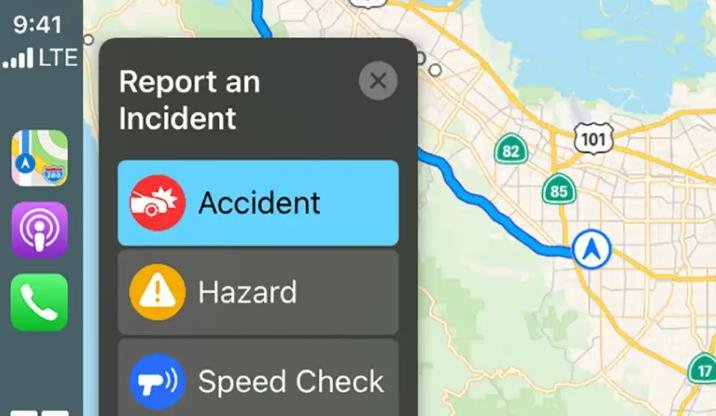Apple Maps was one of the most anticipated features of iOS 6, which was released on September 19th, 2012. It was supposed to replace Google Maps as the default map system on Apple devices, and offer a better user experience with turn-by-turn navigation, 3D views, and Flyover tours. However, the app turned out to be a huge disappointment for many users and reviewers, who found it riddled with errors, inaccuracies, and glitches. Some of the most notorious examples were:
- The Brooklyn Bridge appeared to be melting into the ground
- A park in Ireland was mislabeled as an airport
- A road went over one of the Golden Gate Bridge’s suspension towers
- The Statue of Liberty was mostly just a shadow
- Many places were missing or misplaced on the map

The app was widely mocked and criticized on social media, blogs, and news outlets. Apple’s CEO Tim Cook had to issue a rare public apology in an open letter, admitting that the app fell short of their standards and promising to improve it. He even suggested that users try other map apps, such as Google Maps or Waze, until Apple Maps got better. The situation was so bad that Apple fired Richard Williamson, the executive in charge of Apple Maps.
Apple invested heavily in improving Apple Maps over the years
Apple did not give up on its map app, despite the initial backlash. The company invested heavily in improving Apple Maps over the years, by acquiring other companies in the mapping and location data space, hiring more engineers and experts, collecting more data from users and satellites, and adding new features and functionalities. Some of the major improvements that Apple made to its map app were:
- Fixing the most glaring errors and inaccuracies on the map
- Expanding the coverage and detail of the map to more countries and regions
- Adding public transit information and directions for many cities
- Introducing indoor maps for airports and malls
- Enhancing the 3D views and Flyover tours with more realism and detail
- Launching Look Around, a feature similar to Google’s Street View, that lets users explore places in 360-degree panoramas
- Redesigning the app interface and adding more customization options
- Integrating Siri and other Apple services with the app
- Supporting CarPlay and Apple Watch with the app
Apple Maps is now a worthy competitor to Google Maps
After 11 years of hard work and dedication, Apple Maps has finally become a worthy competitor to Google Maps. The app has gained more users and popularity over time, especially among iPhone owners who prefer the native integration and privacy of Apple Maps. According to a report by The Verge, Apple Maps now handles more than 5 billion requests per week from hundreds of millions of users. The app has also received positive reviews from critics and users alike, who praise its improved accuracy, performance, and design.
Apple Maps is not perfect, of course. It still lacks some features that Google Maps offers, such as live traffic updates, offline maps, cycling directions, and augmented reality navigation. It also faces competition from other map apps, such as Waze, Here WeGo, and MapQuest. However, Apple Maps has come a long way from its disastrous launch in 2012, and it shows no signs of slowing down. Apple continues to update and improve its map app with new features and enhancements, such as adding more Look Around locations, supporting electric vehicle routing, and creating its own street view cars. Apple Maps is now a success story that demonstrates how Apple can overcome its failures and deliver quality products to its customers.
